Kitchen and bathroom drains are vital for wastewater disposal in every home. However, clogs from hair, dirt, and other debris can be a nuisance. This guide highlights the easiest methods to unblock drains, from tried-and-true boiling water techniques to innovative solutions like vinegar and baking soda. We also share preventive maintenance tips to avert future blockages.
How to Unblock Clogged Drains
-
Boiling Water
The good old method which runs traditionally in almost every family is the boiling water trick. Boil a nice amount of water and slowly pour it down the drain in two or three stages. Allow a gap of several seconds between each pour, so that the water can work its magic to dissolve all the unwanted stuff.
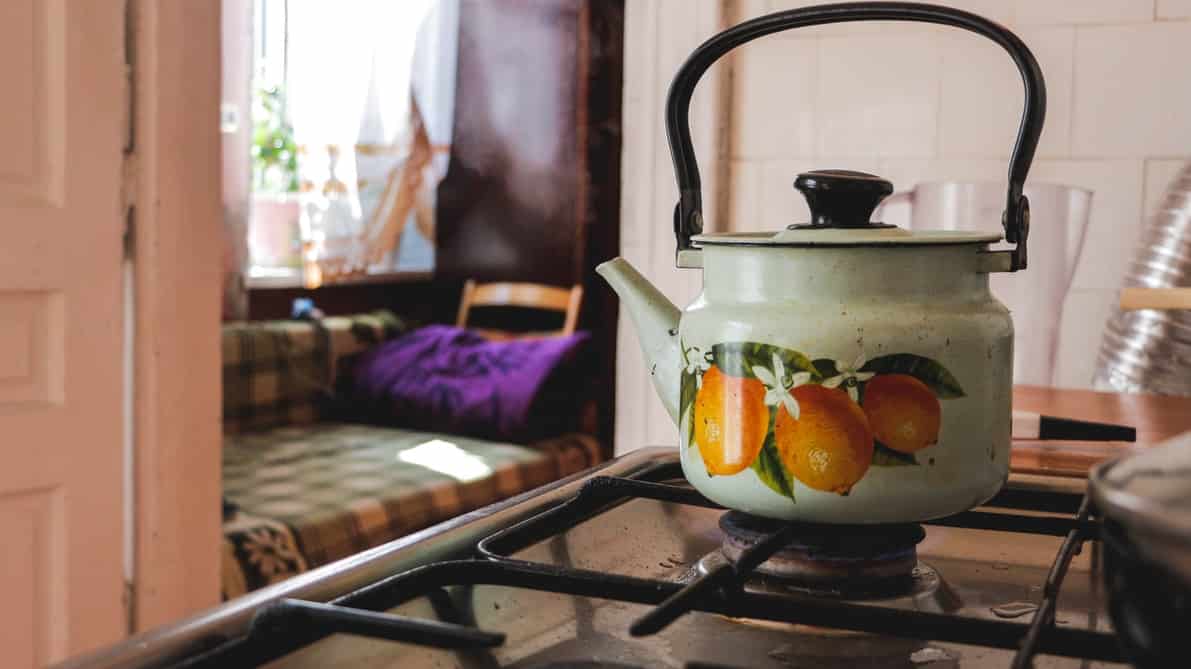
Now before you rush to put the kettle on the stove, hear out some words of advice. Don’t use hot water for drains with PVC pipes, as it may weaken their joints. Also, porcelain sinks tend to develop cracks when exposed to hot water. Always make sure to pour the water as close to the drain as possible.
-
Vinegar and Baking Soda
Not only for mouth-watering dishes but this combination can also be used for clearing drains. Mix 1/3rd cup of baking soda and 1/3rd cup of vinegar in a container. Immediately pour the fizzing solution down the choked drain to get rid of the gunk-build-up. Let it sit for at least an hour or overnight for best results.
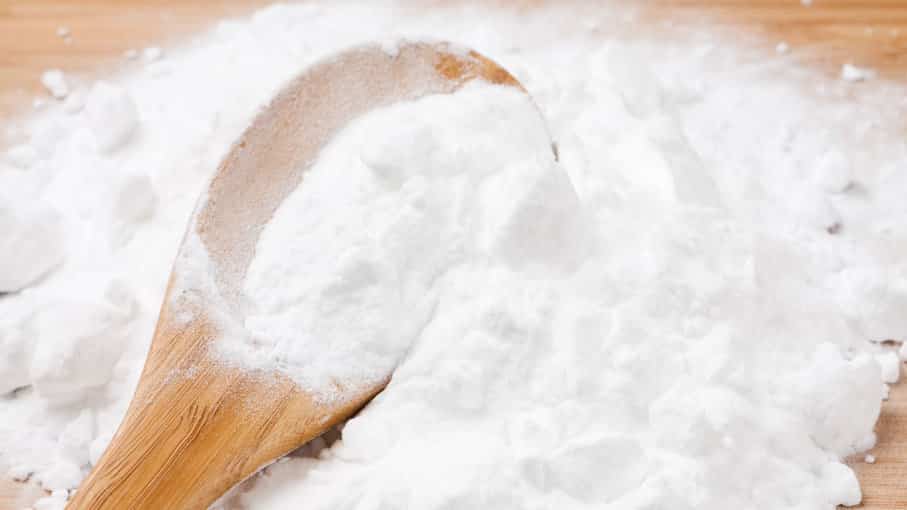
Later, flush the sink with hot water. Alternatively, you can also use the ingredients separately, i.e., first, pour the baking soda and then add the vinegar on top. Close the drain with a metal stopper or rag and leave it for half an hour. Then wash down with boiling water, and you should be good to go.
To clear the clogging in your bathtub, pour the same mixture down the drain and place the stopper. After an hour, fill up the tub with water, and uncover the stopper. The force of that much water gushing down should be good enough to do the job.
-
Salt and Baking Soda
If you don’t have vinegar and don’t feel like going out to get a bottle, you can also use table salt with baking soda for the same effect. Mix 1/2 cup table salt and 1/2 cup baking soda, pour down the sink, and leave it on for 20 minutes before flushing with boiling water. This is a quick and effective method that can clear the most choked drains.
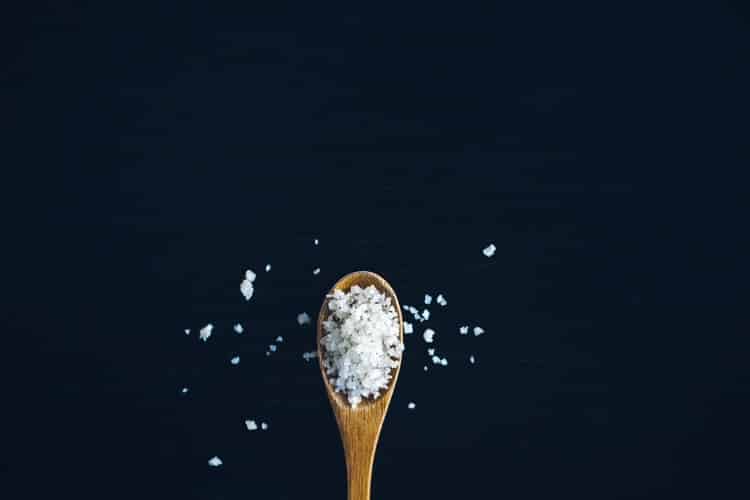
-
Caustic Soda
If your instinct tells you that the stubborn clog needs a heavy-duty chemical treatment, then visit your nearest hardware store to pick up some caustic soda (also known as Sodium Hydroxide). Fill a bucket with 3/4 gallon of cold water and 3 cups of caustic soda. Stir with an old wooden spoon or spatula, which will heat the solution. Pour it down the sink, and wait for 30 minutes before cleansing it with boiling water.
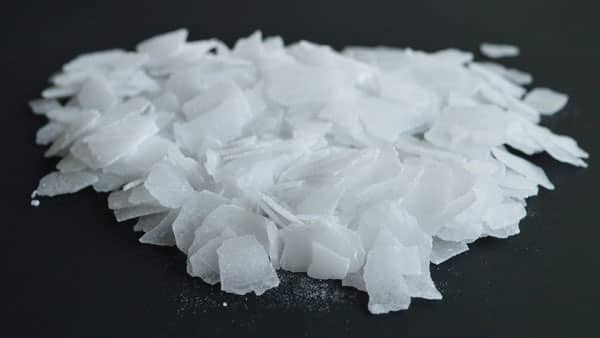
Note – always use rubber gloves and sufficient eye protection gear while employing this method, as caustic soda can cause severe chemical burns. Don’t let the chemical come in direct contact with your skin.
-
Wire Hanger
Get your money’s worth from the wire hanger. Simply grab an old coat hanger and straighten it out to the best of your ability. Bend over one end to create a small hook-like structure, and slowly push it down the drain cover. Once in, start moving it around to collect all the unpleasant debris that won’t let your sink come back to work. Remember to pull out the stuff, and not push it back in. When you think you’ve done enough, pour some hot water, like always.
-
Wet and Dry Vacuum
If you own a wet and dry vacuum or can borrow it from a friend for a day, then don’t shy away from using this technique. Set the vacuum to liquid cleaning mode and cover the vent to prevent making a mess.
Next, create a tight seal around the drain – you can also use an old plunger head for secure sealing. Choose the highest power setting and pull up the pile of gunk from the pipe. Let your drain breathe again!
-
Plunger
For larger obstructions, get hold of a cup-shaped plunger. Remove any metal strainer or cover, and place the plunger over the drain to create a tight seal. Begin plunging with fast and sharp movements to remove the trash.
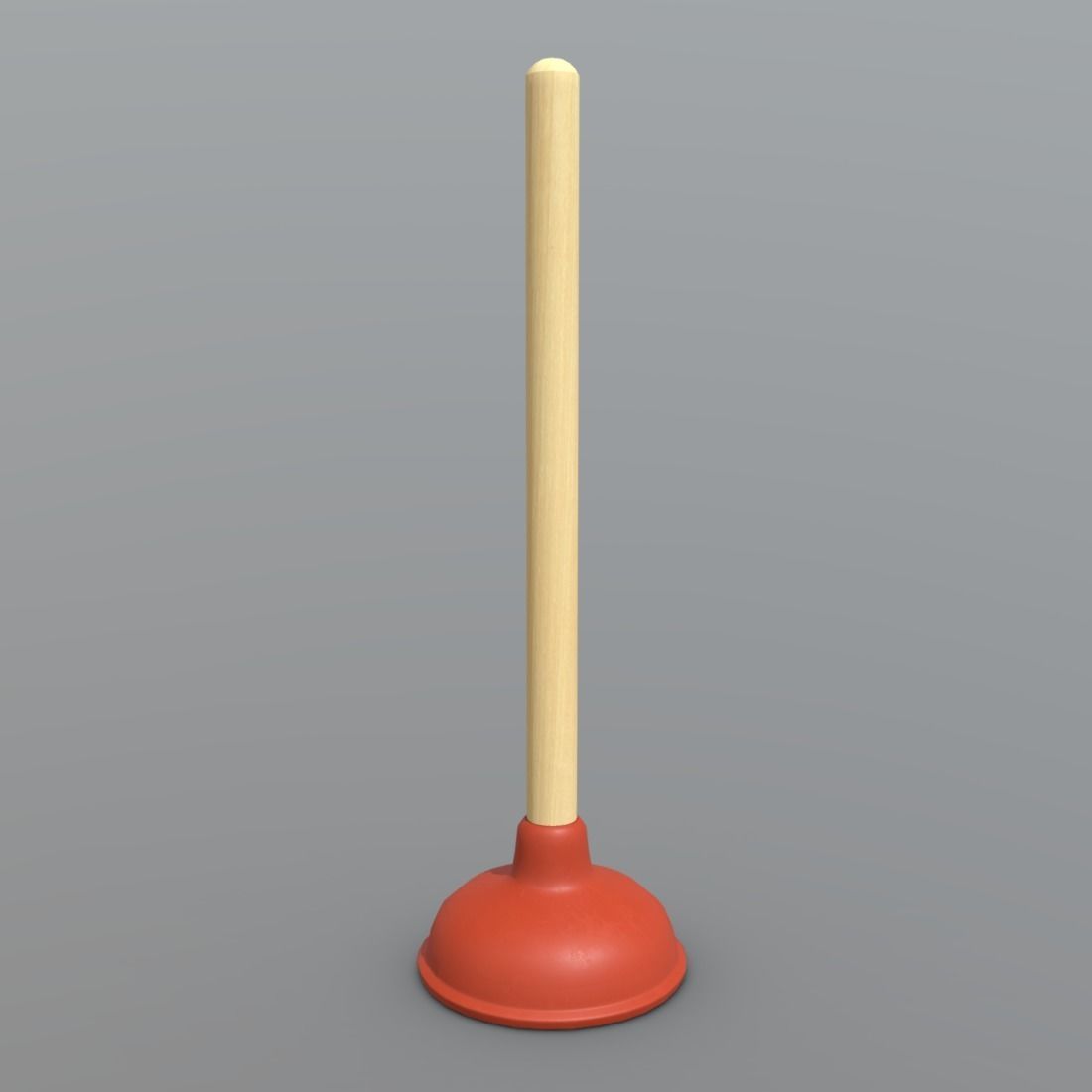
-
Cleaning the Pipe
In case none of the above-mentioned methods yield satisfactory results, then you might have to spend some more time cleaning the U-shaped pipe or the P-trap manually. As you may have guessed by now, this is one of the areas where the debris tends to get ‘trapped’ to form a clog.
Before you dismantle the pipe, grab a bucket and place it underneath to collect the water spill. Using a wrench, loosen the slip nuts at both ends and take off the trap. Put it upside down to empty the contents into the bucket. You may have to fish inside the trap to collect sticky gunk if needed.
Once done, give it a thorough wash before placing it back. Additionally, you may also clean the pipes that were holding the trap. A handheld drain snake is a cheap tool that pretty much functions like the old wire hanger to get the job done. Finally, put everything back into place, and your drain should be free from junk.
Pro tip: if you don’t have the necessary tools or are not sure about your plumbing abilities, get some professional help.
Final Words
So what do you think is the best way to unblock drains?
Answer: daily maintenance!
Though all of these home tricks will help you tackle the situation, spending some time to regularly clean the drain will not let the situation escalate in the first place.
Here are some tips for doing that..
- Pour some boiling water down the sink after every use, or at the end of the day to prevent the grime from sticking to the pipe.
- You can also use a strainer to catch hair and food particles before they enter the drain. These are inexpensive and available for almost all drain types.
- Use the vinegar and baking soda, or salt and baking soda mixture every once in two-to-three days to get rid of the build-up.
Before we take your leave, we hope we’ve been able to provide at least one solution to unclog your drain.
Let us know which method you liked the most in the comments down below.
See you another day!
Related Articles


